Home>Furniture & Design>Outdoor Furniture>How To Automate Outdoor Lights
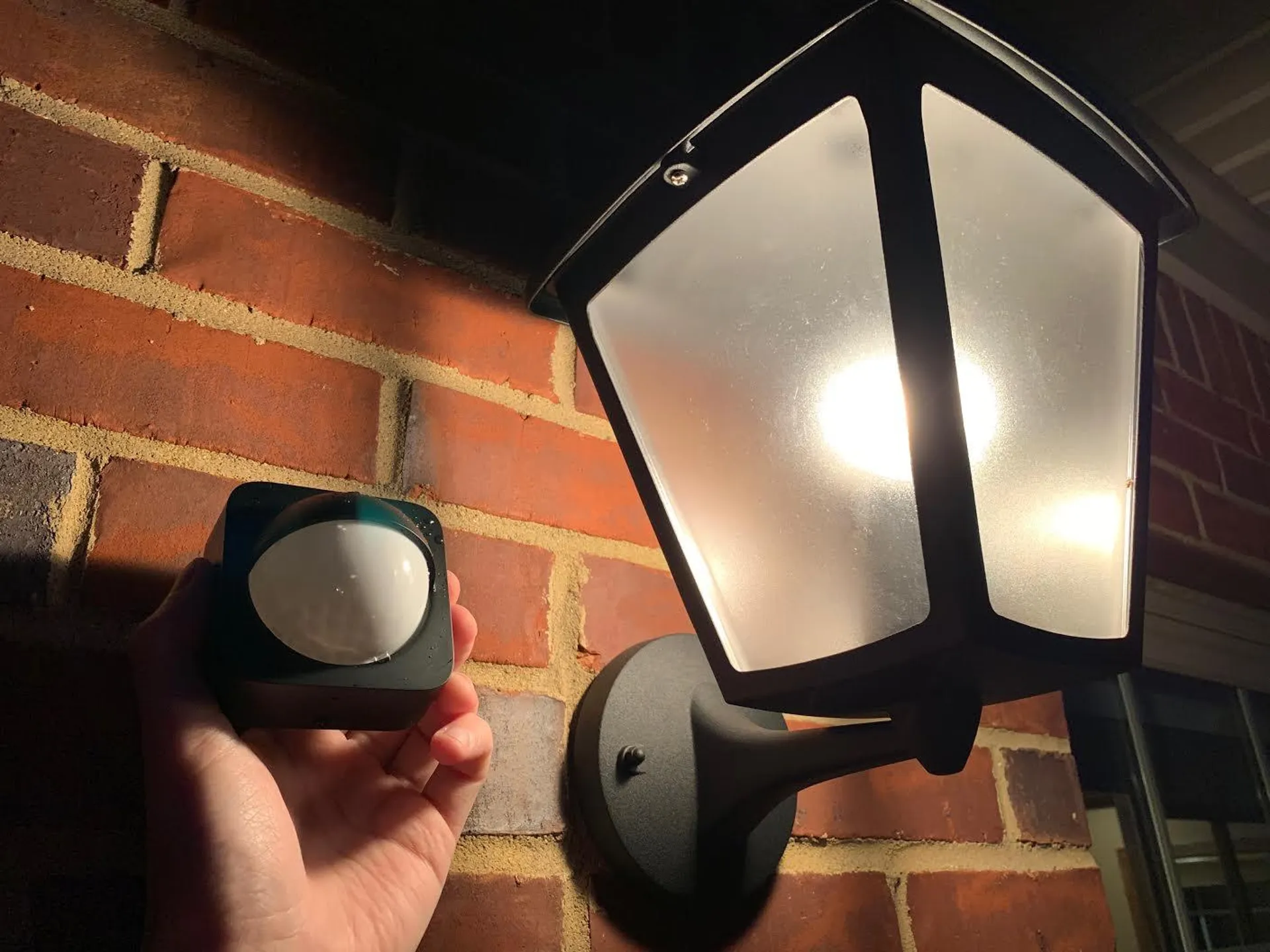

Outdoor Furniture
How To Automate Outdoor Lights
Published: February 12, 2024
Learn how to automate your outdoor lights with our comprehensive guide. Enhance your outdoor space with our outdoor furniture, furniture, and design ideas. Discover the latest trends and tips!
(Many of the links in this article redirect to a specific reviewed product. Your purchase of these products through affiliate links helps to generate commission for Storables.com, at no extra cost. Learn more)
**
Introduction
**
When it comes to enhancing the ambiance, security, and functionality of outdoor spaces, the role of lighting cannot be overstated. Outdoor lighting serves as a powerful tool, not only illuminating the surroundings but also accentuating the architectural features and landscaping elements. In recent years, the advancement of technology has revolutionized outdoor lighting, offering homeowners the ability to automate and control their outdoor lighting systems with unprecedented ease and convenience.
The concept of automating outdoor lights involves integrating smart technologies to manage and regulate the lighting fixtures in a way that aligns with the users' preferences and lifestyle. This innovative approach not only adds a layer of sophistication to outdoor spaces but also contributes to energy efficiency and security. With the ability to customize and schedule lighting patterns, automate outdoor lights enable homeowners to create the perfect ambiance for various activities, from intimate gatherings to lively celebrations.
In this comprehensive guide, we will delve into the world of outdoor light automation, exploring the myriad benefits it offers, the different types of automation systems available, and the essential steps for selecting, installing, and maintaining these systems. Whether you are a tech enthusiast seeking to elevate your outdoor living experience or a homeowner looking to enhance the safety and aesthetics of your property, this guide will equip you with the knowledge and insights to embark on the journey of automating your outdoor lights.
Join us as we unravel the fascinating realm of outdoor light automation, where technology and design converge to redefine the way we illuminate and interact with our outdoor spaces.
**
Key Takeaways:
- Embrace the Future: Automating outdoor lights offers enhanced security, energy efficiency, and personalized ambiance, revolutionizing the way we illuminate and interact with outdoor spaces.
- Seamless Integration: Selecting the right automation system, meticulous installation, and thoughtful configuration empower homeowners to seamlessly integrate smart lighting technology, elevating the allure and functionality of outdoor living spaces.
Read also: 12 Amazing Home Automation Lighting For 2024
Benefits of Automating Outdoor Lights
**
Automating outdoor lights offers a plethora of advantages that extend far beyond mere convenience. By harnessing the power of smart technologies, homeowners can unlock a host of benefits that enrich their outdoor living experience and elevate the functionality and appeal of their properties.
Enhanced Security:
One of the most compelling benefits of automating outdoor lights is the bolstering of home security. Smart lighting systems can be programmed to turn on and off at specific times, creating the illusion of occupancy even when the homeowners are away. Additionally, motion sensors and integrated security cameras can trigger the lights to illuminate dark areas, deterring potential intruders and enhancing overall safety.
Energy Efficiency:
Automated outdoor lighting systems are designed to optimize energy usage, offering significant cost savings and environmental benefits. By incorporating features such as LED fixtures, dimmers, and timers, homeowners can minimize energy consumption and reduce their carbon footprint without compromising on the quality or functionality of their outdoor lighting.
Customized Ambiance:
With the ability to control the intensity, color, and timing of outdoor lights, homeowners can effortlessly create tailored ambiance for various occasions and moods. Whether it’s a tranquil evening on the patio, a festive outdoor gathering, or a romantic dinner under the stars, automated lighting systems provide the flexibility to curate the perfect atmosphere with a simple tap on a smartphone or voice command.
Convenience and Flexibility:
Gone are the days of manually operating outdoor lighting. With automation, homeowners can enjoy unparalleled convenience and flexibility, seamlessly adjusting their lighting preferences from anywhere. Whether it’s scheduling lighting routines, integrating with smart home ecosystems, or remotely controlling the lights, the convenience and flexibility offered by automated outdoor lighting systems redefine the way homeowners interact with their outdoor spaces.
Property Value and Curb Appeal:
By enhancing the aesthetics and functionality of outdoor spaces, automated lighting systems can significantly boost the curb appeal and overall value of a property. Thoughtfully designed and strategically placed lighting not only accentuates architectural features and landscaping but also creates a captivating visual impact that sets the property apart, making it more attractive to potential buyers and visitors.
These compelling benefits underscore the transformative potential of automating outdoor lights, offering homeowners a seamless blend of practicality, aesthetics, and technological innovation. As we delve deeper into the world of outdoor light automation, the next section will explore the various types of automation systems available, providing insights into their unique features and applications.
**
Types of Outdoor Light Automation
**
Outdoor light automation encompasses a diverse array of technologies and systems, each offering unique features and functionalities to cater to different preferences and requirements. From simple timers to sophisticated smart lighting solutions, homeowners have a wide range of options to choose from when it comes to automating their outdoor lights. Let’s explore the various types of outdoor light automation systems and their distinctive characteristics:
- Traditional Timer-Based Systems: These systems rely on programmable timers to control the operation of outdoor lights. Homeowners can set specific times for the lights to turn on and off, providing a basic level of automation for consistent lighting schedules. While traditional timers offer simplicity and cost-effectiveness, they lack the flexibility and customization options of more advanced automation technologies.
- Photocell-Activated Systems: Photocell sensors detect ambient light levels and automatically switch outdoor lights on at dusk and off at dawn. This hands-free approach ensures that the lights operate according to natural lighting conditions, offering energy efficiency and minimal manual intervention. Photocell-activated systems are well-suited for applications where consistent, dusk-to-dawn illumination is desired.
- Motion-Activated Lighting: Motion sensors are employed to trigger outdoor lights when movement is detected within a specified range. This type of automation is particularly effective for enhancing security and providing temporary illumination in response to human or animal activity. Motion-activated systems offer a balance between energy efficiency and on-demand lighting, making them ideal for areas requiring sporadic or conditional illumination.
- Smart Lighting Solutions: Leveraging cutting-edge technologies such as wireless connectivity, smartphone integration, and voice control, smart lighting systems represent the pinnacle of outdoor light automation. These advanced systems enable homeowners to remotely manage their outdoor lights, customize lighting schedules, and adjust brightness levels with precision. Furthermore, smart lighting solutions often incorporate features such as color-changing capabilities, scene presets, and compatibility with smart home platforms, offering unparalleled flexibility and control over outdoor lighting.
Each type of outdoor light automation system presents distinct advantages and functionalities, catering to diverse preferences and usage scenarios. Whether it’s the hands-free convenience of photocell-activated lighting, the security-focused nature of motion-activated systems, or the advanced capabilities of smart lighting solutions, homeowners can select the most suitable automation technology based on their specific needs and lifestyle.
As we continue our exploration of outdoor light automation, the next section will delve into the essential considerations for choosing the right automation system, empowering homeowners to make informed decisions that align with their objectives and preferences.
**
Choosing the Right Automation System
**
When embarking on the journey of automating outdoor lights, selecting the right automation system is a pivotal decision that significantly influences the functionality, convenience, and overall performance of the lighting setup. By considering key factors and evaluating specific requirements, homeowners can make informed choices that align with their lifestyle and objectives. Here are essential considerations for choosing the right outdoor light automation system:
- Functionality and Features: Assess the desired functionalities and features that align with your outdoor lighting needs. Whether it’s basic scheduling, motion sensing, or advanced customization options, understanding the specific requirements will guide the selection of an automation system that delivers the desired capabilities.
- Integration and Compatibility: If you have an existing smart home ecosystem or plan to integrate outdoor lighting with other smart devices, ensure that the chosen automation system is compatible with the relevant platforms. Seamless integration allows for centralized control and synchronized operations, enhancing the overall smart home experience.
- Scalability and Expandability: Consider the scalability of the automation system, especially if you envision expanding or modifying your outdoor lighting setup in the future. Choosing a system that offers scalability and compatibility with additional fixtures ensures flexibility and adaptability as your needs evolve.
- User Interface and Control Options: Evaluate the user interface and control options provided by the automation system. Whether it’s a dedicated mobile app, voice commands, or manual controls, the ease of use and accessibility of the interface play a crucial role in optimizing the management of outdoor lights.
- Energy Efficiency and Sustainability: Prioritize systems that promote energy efficiency and sustainable practices, such as LED compatibility, dimming capabilities, and power-saving features. Opting for environmentally conscious automation solutions not only reduces operational costs but also contributes to a greener, more eco-friendly outdoor lighting setup.
- Reliability and Durability: Ensure that the chosen automation system exhibits reliability and durability, especially in outdoor environments exposed to varying weather conditions. Robust construction, weatherproof components, and reliable performance are essential attributes for long-term satisfaction and minimal maintenance requirements.
By carefully evaluating these considerations and aligning them with your preferences and objectives, you can confidently select an outdoor light automation system that harmonizes with your lifestyle and enhances the functionality of your outdoor spaces. The next section will guide you through the installation process, providing insights into the essential steps for seamlessly integrating the chosen automation system with your outdoor lighting fixtures.
**
Consider using a timer or smart outdoor lighting system to automate your outdoor lights. This can save energy and provide added security for your home.
Installation Process
**
Embarking on the installation of an outdoor light automation system marks the transition from envisioning an enhanced outdoor living experience to realizing the tangible benefits of smart lighting technology. To ensure a seamless and successful installation, it is essential to follow a systematic approach that encompasses various key steps:
- Assessment and Planning: Begin by assessing your outdoor lighting setup and identifying the areas where automation will be implemented. Evaluate the power sources, existing fixtures, and any necessary modifications or additions required to accommodate the automation system.
- Selection of Automation Components: Based on the chosen automation system, acquire the necessary components such as smart switches, motion sensors, controllers, or smart bulbs. Ensure compatibility and adherence to installation guidelines provided by the manufacturer.
- Electrical Considerations: If the installation involves electrical wiring or modifications, exercise caution and, if necessary, enlist the expertise of a qualified electrician to ensure compliance with safety standards and regulations.
- Mounting and Placement: Install and position the automation components in strategic locations, considering factors such as coverage area for motion sensors, visibility and accessibility of control devices, and optimal placement for consistent wireless connectivity if applicable.
- Integration and Configuration: Establish connectivity between the automation components and configure the system according to the desired settings and preferences. This may involve pairing devices, setting up schedules, and integrating with smart home platforms if applicable.
- Testing and Validation: Thoroughly test the functionality of the automation system, ensuring that the lights respond as intended to scheduled events, motion detection, and manual controls. Validate the performance of the system under different scenarios to identify and address any potential issues.
- Documentation and Maintenance: Document the installation details, including configurations, device placements, and any troubleshooting steps undertaken. Additionally, establish a maintenance schedule to periodically inspect and maintain the automation system for optimal performance and longevity.
By meticulously following these steps and exercising diligence throughout the installation process, homeowners can seamlessly integrate outdoor light automation into their living spaces, unlocking the transformative potential of smart lighting technology. The subsequent section will delve into the crucial aspects of setting up timers and sensors, providing insights into the configuration and optimization of these integral components of outdoor light automation.
**
Setting Up Timers and Sensors
**
Configuring timers and sensors constitutes a fundamental aspect of optimizing outdoor light automation, enabling precise control and responsive functionality in various lighting scenarios. Whether it’s establishing scheduled lighting routines or harnessing motion sensors for enhanced security and convenience, the process of setting up timers and sensors involves strategic considerations and meticulous adjustments:
- Timer Configuration: Begin by programming the timers to align with your preferred lighting schedules. Determine the timing for turning the lights on and off, considering factors such as sunset and sunrise times, evening activities, and the desired duration of illumination for different areas.
- Customized Scheduling: Leverage the flexibility of timer settings to create customized schedules tailored to specific days, occasions, or seasonal variations. This allows for dynamic lighting adjustments without the need for manual intervention, enhancing the adaptability and energy efficiency of the outdoor lighting system.
- Motion Sensor Calibration: When integrating motion sensors, calibrate the detection range, sensitivity, and response duration to align with the intended applications. Fine-tune the sensor settings to minimize false triggers while ensuring reliable activation in response to genuine movement within the monitored areas.
- Zone-Based Control: If the outdoor space comprises distinct zones with varying lighting requirements, consider implementing zone-based control for timers and sensors. This approach enables targeted illumination based on specific areas or activities, optimizing energy usage and enhancing the practicality of the automation system.
- Integration with Smart Controls: Explore the integration of timers and sensors with smart control options, such as mobile apps or voice-activated commands. By synchronizing these components with a centralized control interface, homeowners can seamlessly manage and adjust the lighting schedules and sensor parameters with ease and precision.
- Testing and Fine-Tuning: After configuring the timers and sensors, conduct comprehensive testing to validate their functionality and responsiveness. Verify the accuracy of scheduled lighting events, assess the reliability of motion-triggered activations, and make any necessary adjustments to optimize the performance of these integral components.
By methodically setting up timers and sensors and tailoring their configurations to align with specific requirements, homeowners can harness the full potential of outdoor light automation, creating a harmonious blend of convenience, efficiency, and security. The subsequent section will delve into the crucial aspects of troubleshooting and maintaining the automation system, empowering homeowners to address potential issues and uphold the optimal performance of their outdoor lighting setup.
**
Troubleshooting and Maintenance
**
While outdoor light automation systems are designed to deliver seamless operation and enhanced convenience, occasional troubleshooting and proactive maintenance are essential to ensure sustained performance and reliability. By adopting a proactive approach to address potential issues and uphold the optimal functionality of the automation system, homeowners can mitigate disruptions and preserve the benefits of smart outdoor lighting. Here are key considerations for troubleshooting and maintenance:
- Diagnostic Assessment: In the event of unexpected behavior or malfunctions, conduct a diagnostic assessment of the automation system to identify the root cause of the issue. Check for loose connections, power supply irregularities, sensor obstructions, or software-related anomalies that may impact the performance of the system.
- Software Updates and Compatibility: Stay informed about firmware updates and software patches released by the automation system manufacturer. Regularly update the system’s firmware and ensure compatibility with associated devices and platforms to address potential bugs, enhance security, and access new features or optimizations.
- Sensor Calibration and Cleaning: Periodically recalibrate motion sensors and clean sensor lenses to remove debris, dust, or obstructions that may impede their functionality. Ensuring the proper alignment and cleanliness of sensors contributes to reliable motion detection and minimizes false triggers or missed activations.
- Electrical Inspections: Routinely inspect the electrical components, wiring connections, and power sources associated with the automation system. Look for signs of wear, corrosion, or damage, and address any electrical issues promptly to maintain safe and reliable operation of the outdoor lighting setup.
- Fixture Maintenance: If the automation system incorporates specific lighting fixtures or smart bulbs, adhere to recommended maintenance practices for these components. This may include cleaning, repositioning, or replacing bulbs as needed to uphold the quality and performance of the lighting elements.
- Battery Replacement and Backup Power: For systems utilizing battery-powered components or backup power sources, monitor the status of batteries and ensure timely replacement to prevent disruptions. Test backup power functionality periodically to verify its readiness in the event of power outages or system failures.
- Documentation and Support: Maintain comprehensive documentation of the automation system’s configurations, installations, and any troubleshooting or maintenance activities performed. Additionally, leverage manufacturer support resources, user manuals, and online forums to access guidance and assistance for addressing technical issues or inquiries.
By incorporating these troubleshooting and maintenance practices into their routine, homeowners can safeguard the performance and longevity of their outdoor light automation system, preserving its transformative benefits and ensuring a seamless and reliable lighting experience. As we conclude our comprehensive guide to outdoor light automation, we invite you to embrace the possibilities of smart lighting technology and elevate the allure and functionality of your outdoor living spaces.
**
Conclusion
**
As we navigate the realm of outdoor light automation, we uncover a world of innovation, convenience, and transformative potential that redefines the way we illuminate and interact with our outdoor spaces. The integration of smart technologies into outdoor lighting systems heralds a new era of enhanced security, energy efficiency, and personalized ambiance, offering homeowners a compelling array of benefits that enrich their outdoor living experience.
From the versatility of traditional timers to the sophistication of smart lighting solutions, the diverse types of outdoor light automation cater to a wide spectrum of preferences and requirements, empowering homeowners to tailor their lighting setups with precision and ease. By carefully selecting the right automation system and embracing the installation process, homeowners can seamlessly integrate smart lighting technology into their outdoor environments, unlocking the full potential of automated lighting control.
Setting up timers and sensors, the cornerstone of outdoor light automation, enables homeowners to craft dynamic lighting schedules, harness motion-triggered activations, and synchronize their lighting preferences with intuitive control options. This meticulous configuration empowers homeowners to curate tailored lighting experiences that align with their lifestyle and enhance the functionality and security of their outdoor spaces.
As with any technology, proactive troubleshooting and maintenance are essential to uphold the optimal performance and reliability of outdoor light automation systems. By addressing potential issues and adhering to maintenance best practices, homeowners can preserve the seamless operation and transformative benefits of their smart outdoor lighting setups, ensuring sustained enjoyment and functionality.
As we conclude our exploration of outdoor light automation, we invite you to embark on this captivating journey of innovation and design, embracing the possibilities of smart lighting technology to elevate the allure, security, and functionality of your outdoor living spaces. With the seamless convergence of technology and design, outdoor light automation transcends mere illumination, becoming a dynamic expression of lifestyle, convenience, and sophistication in the realm of outdoor living.
Join us in embracing the transformative potential of smart lighting technology, where every sunset becomes an opportunity to illuminate the beauty of your outdoor sanctuary with unparalleled elegance and intelligence.
Frequently Asked Questions about How To Automate Outdoor Lights
Was this page helpful?
At Storables.com, we guarantee accurate and reliable information. Our content, validated by Expert Board Contributors, is crafted following stringent Editorial Policies. We're committed to providing you with well-researched, expert-backed insights for all your informational needs.
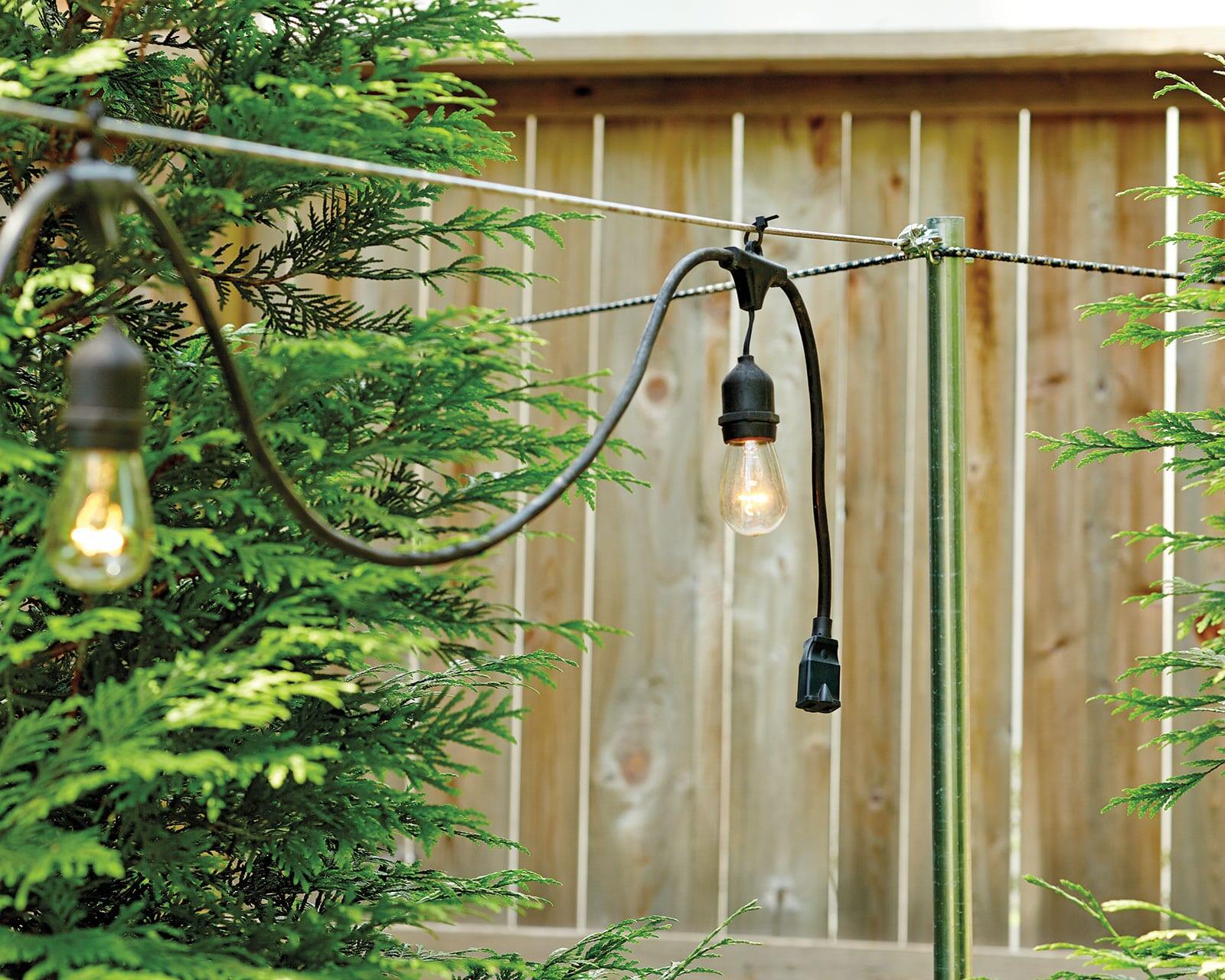
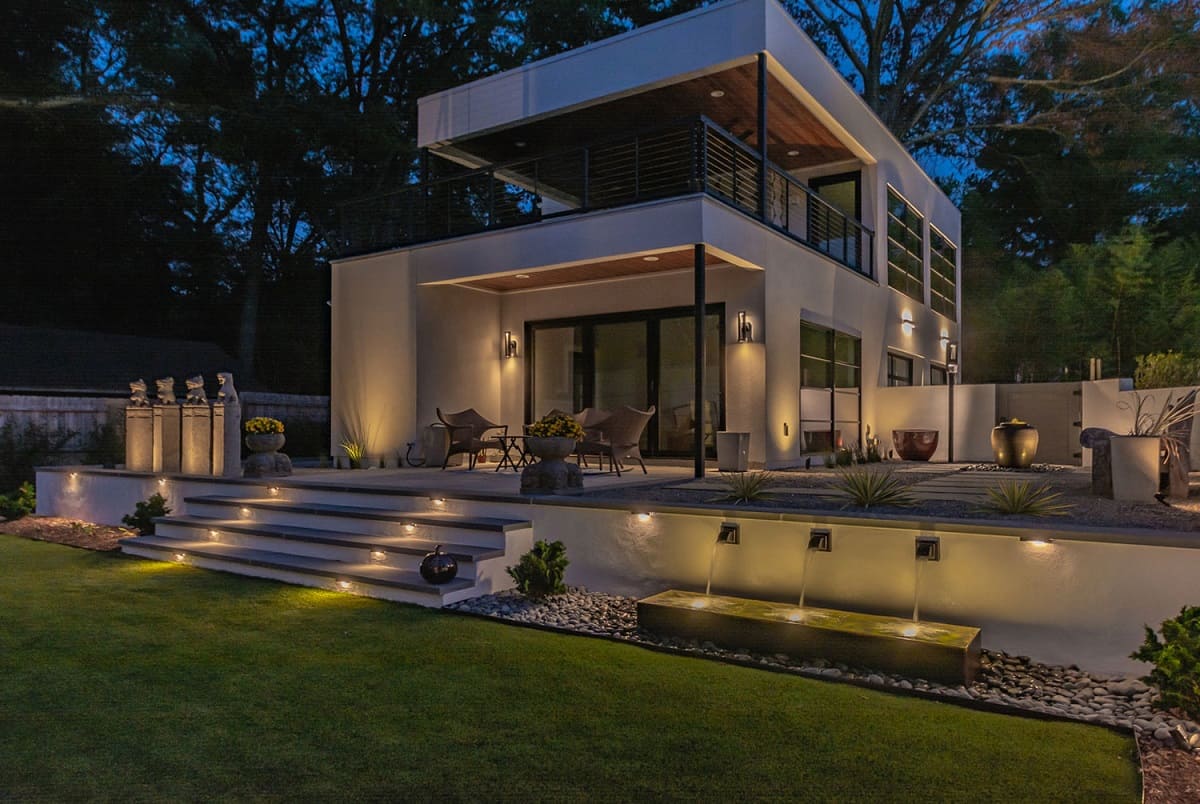
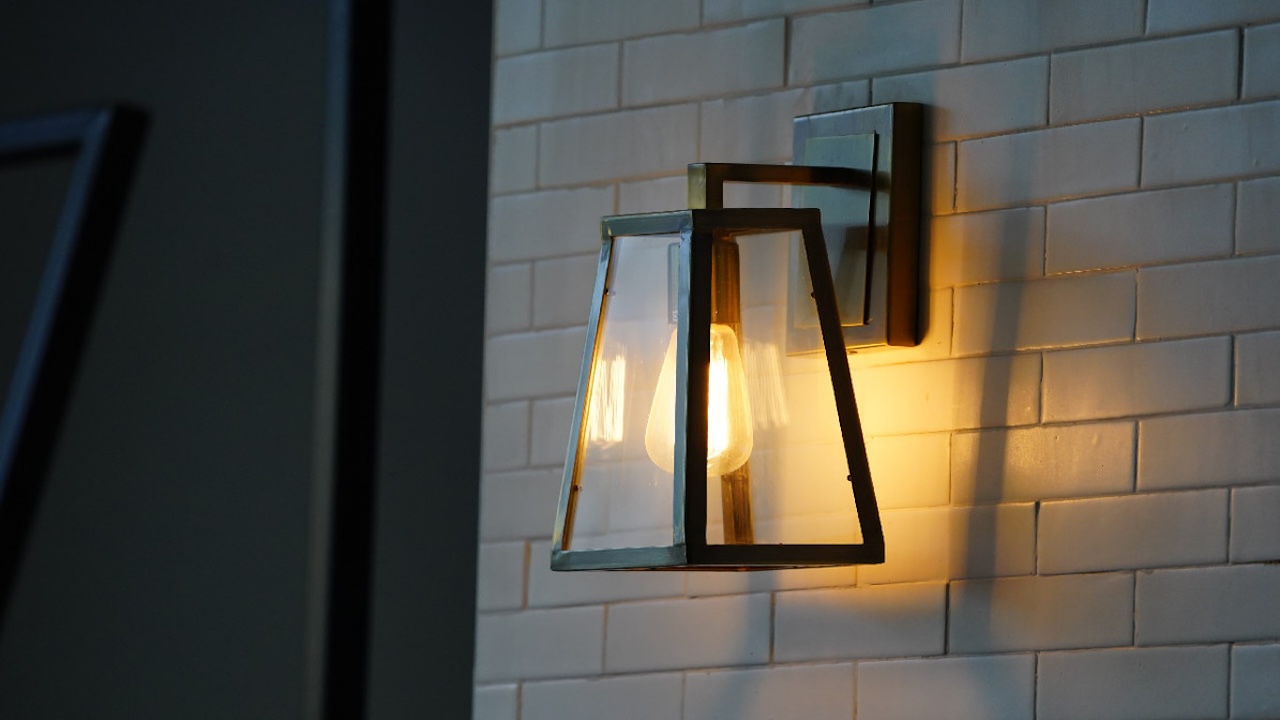
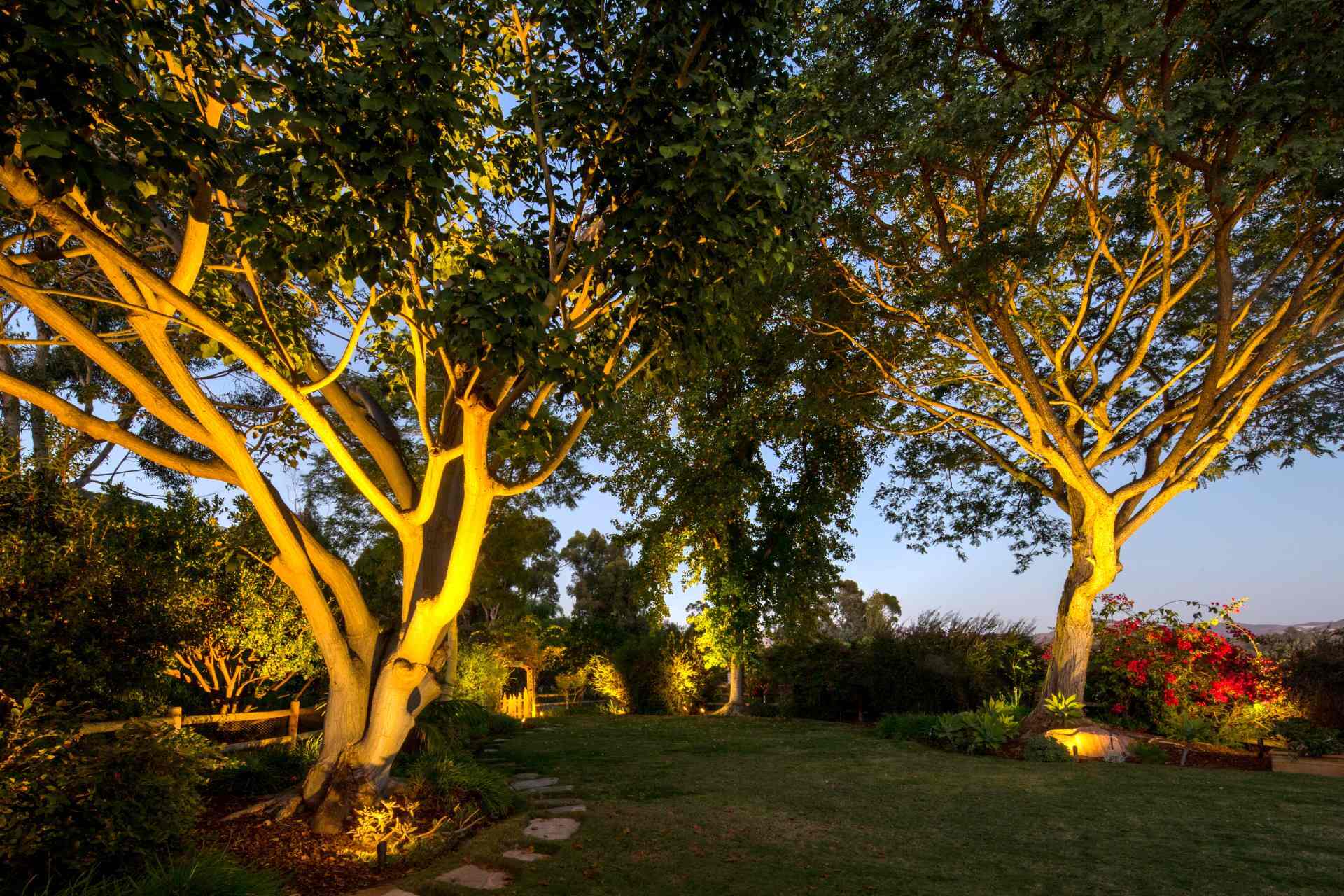
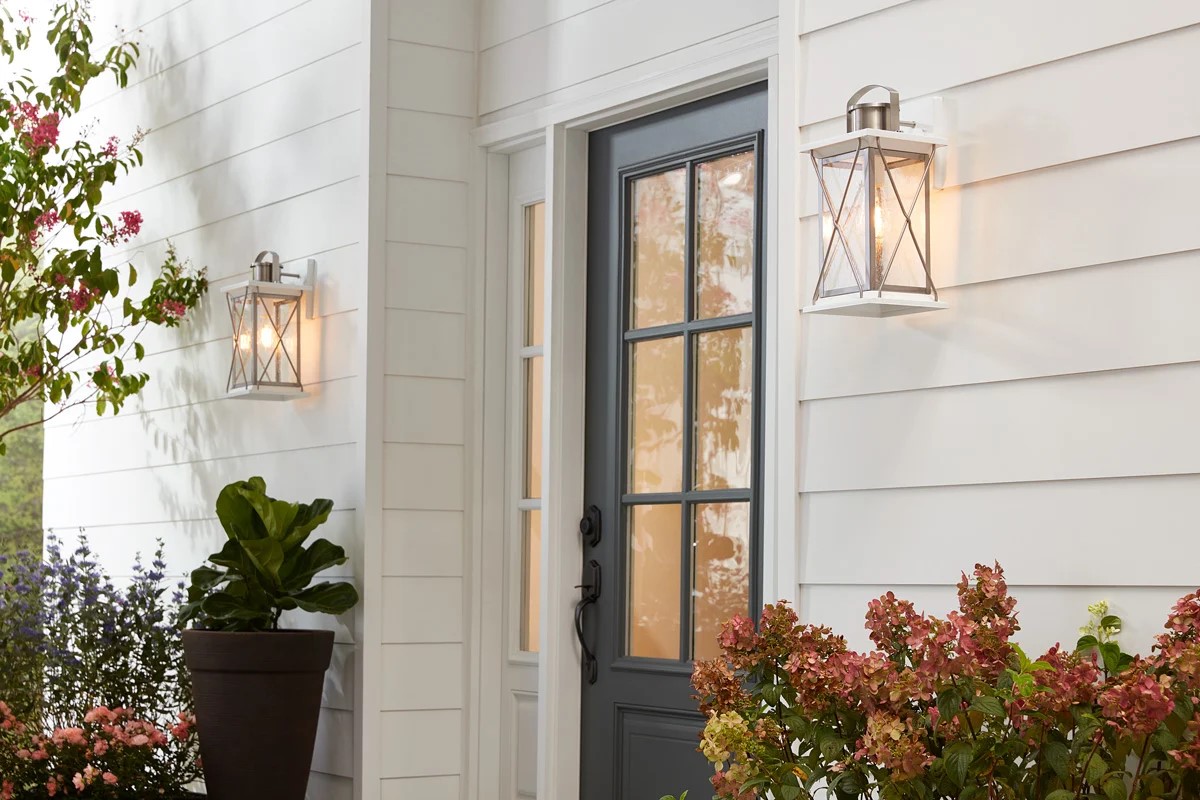
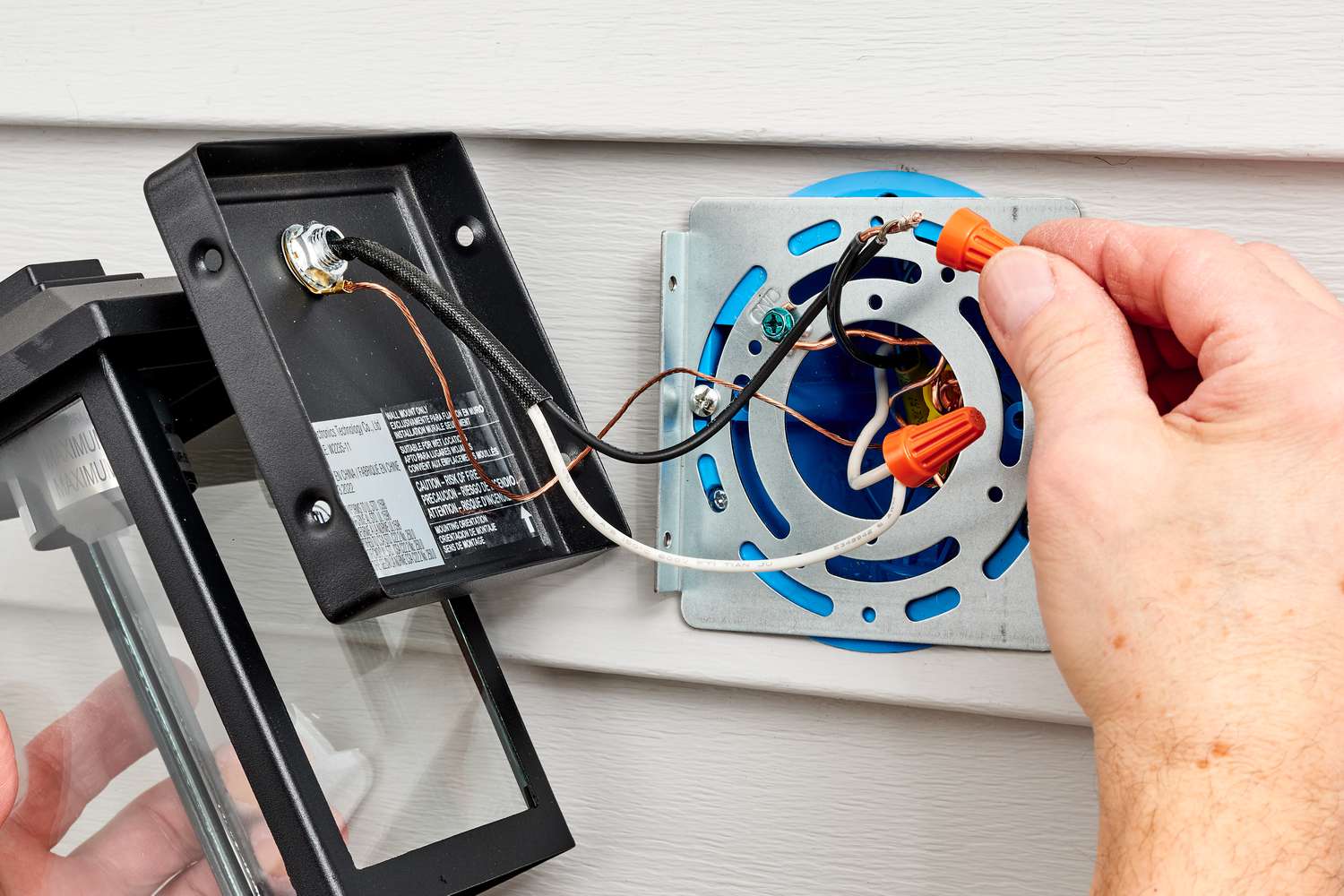
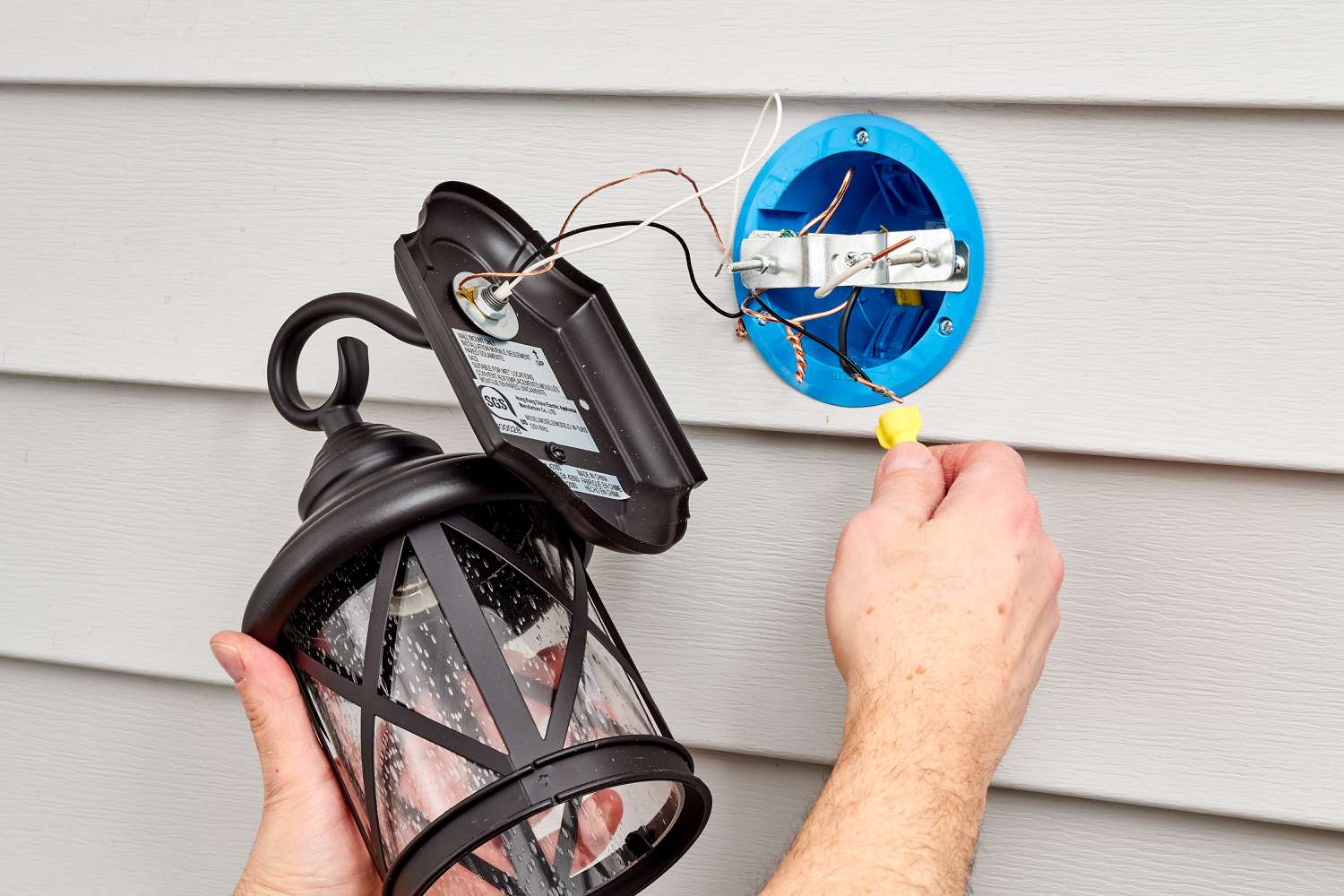
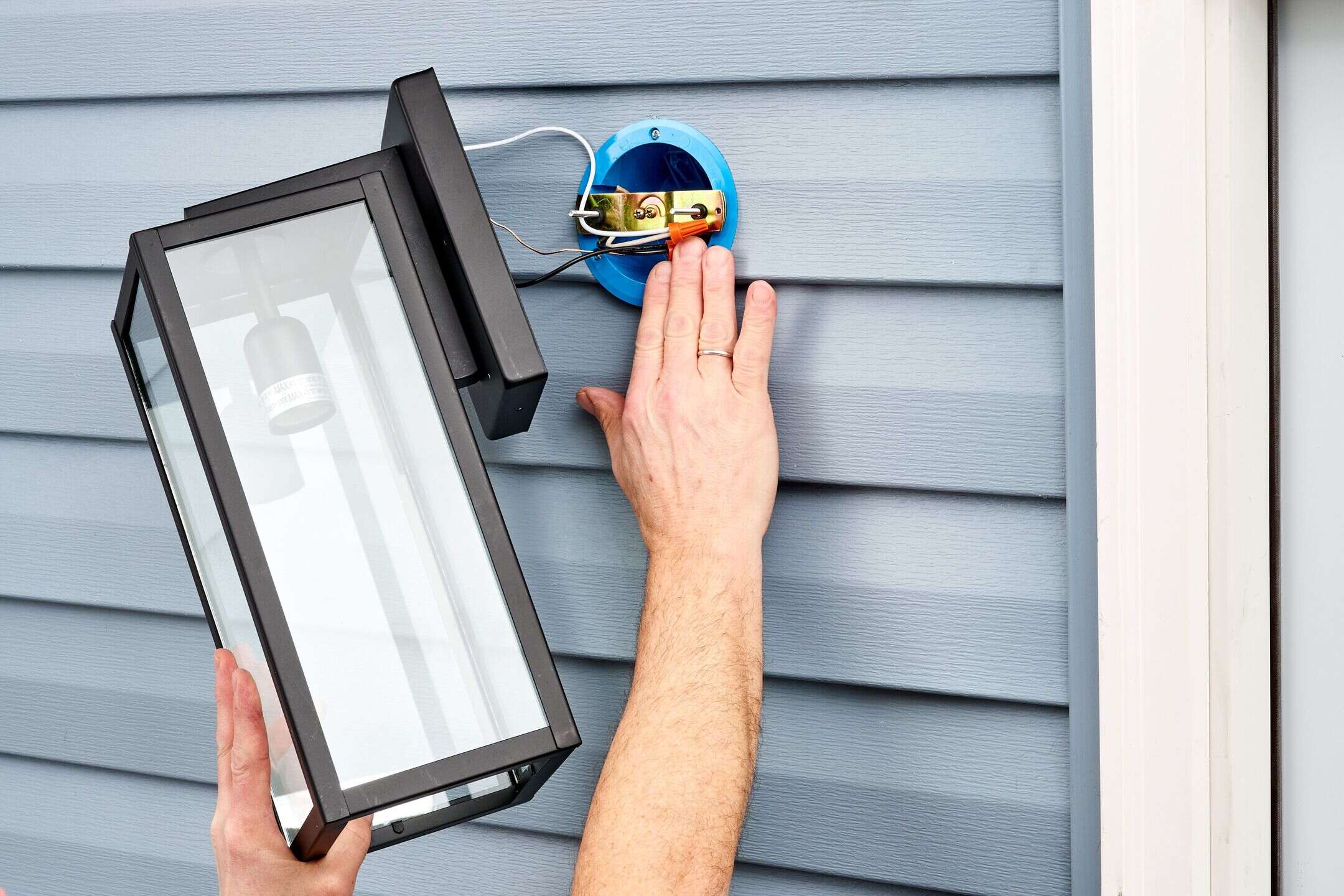
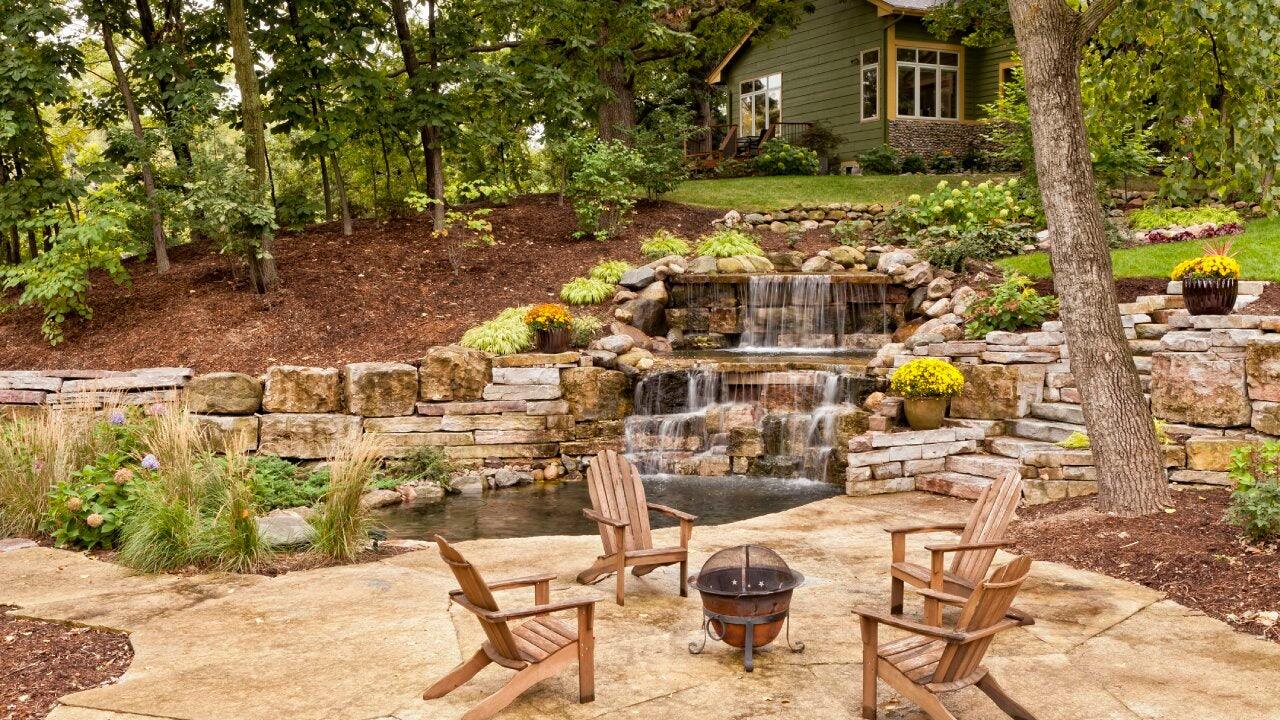
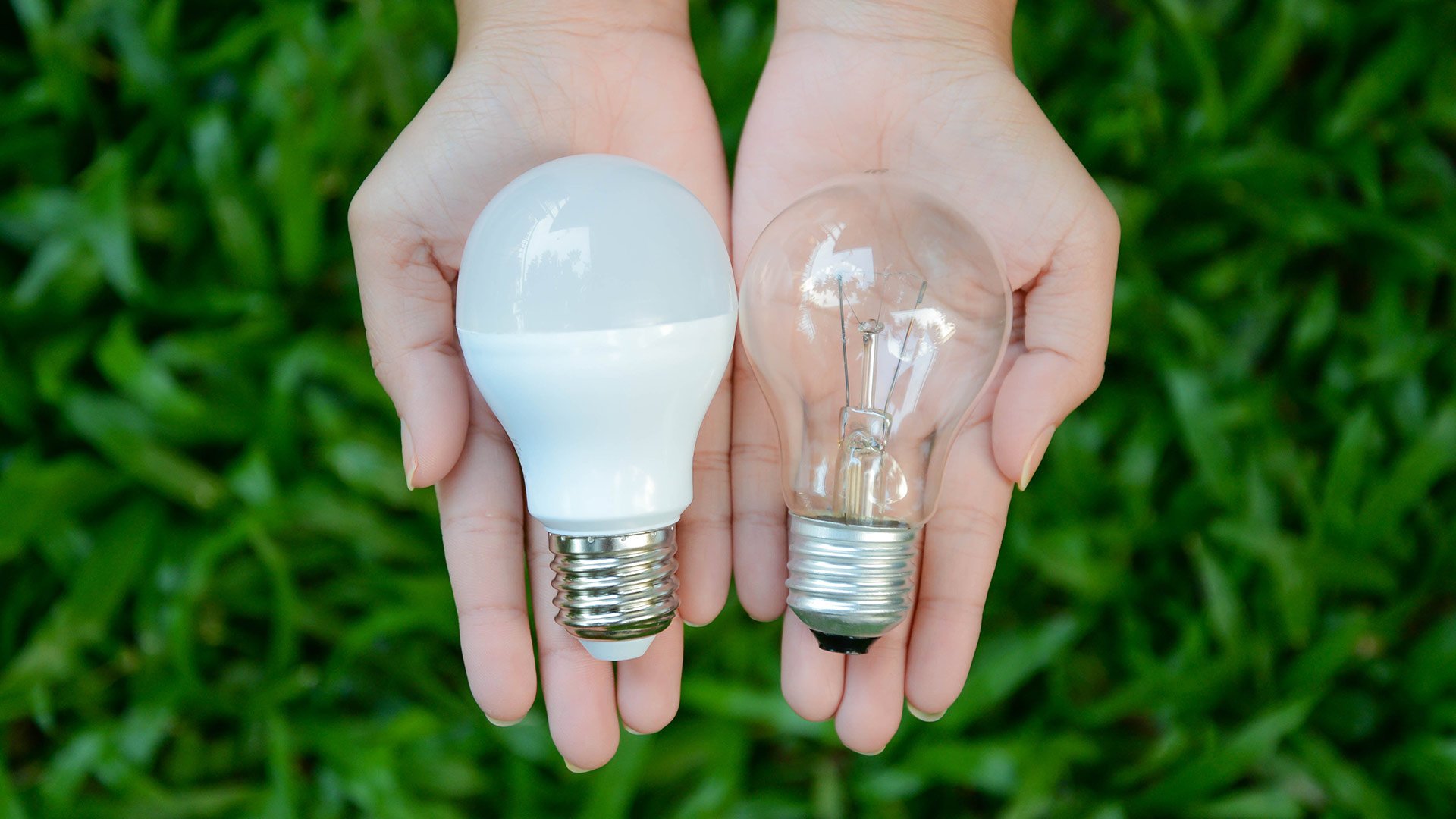
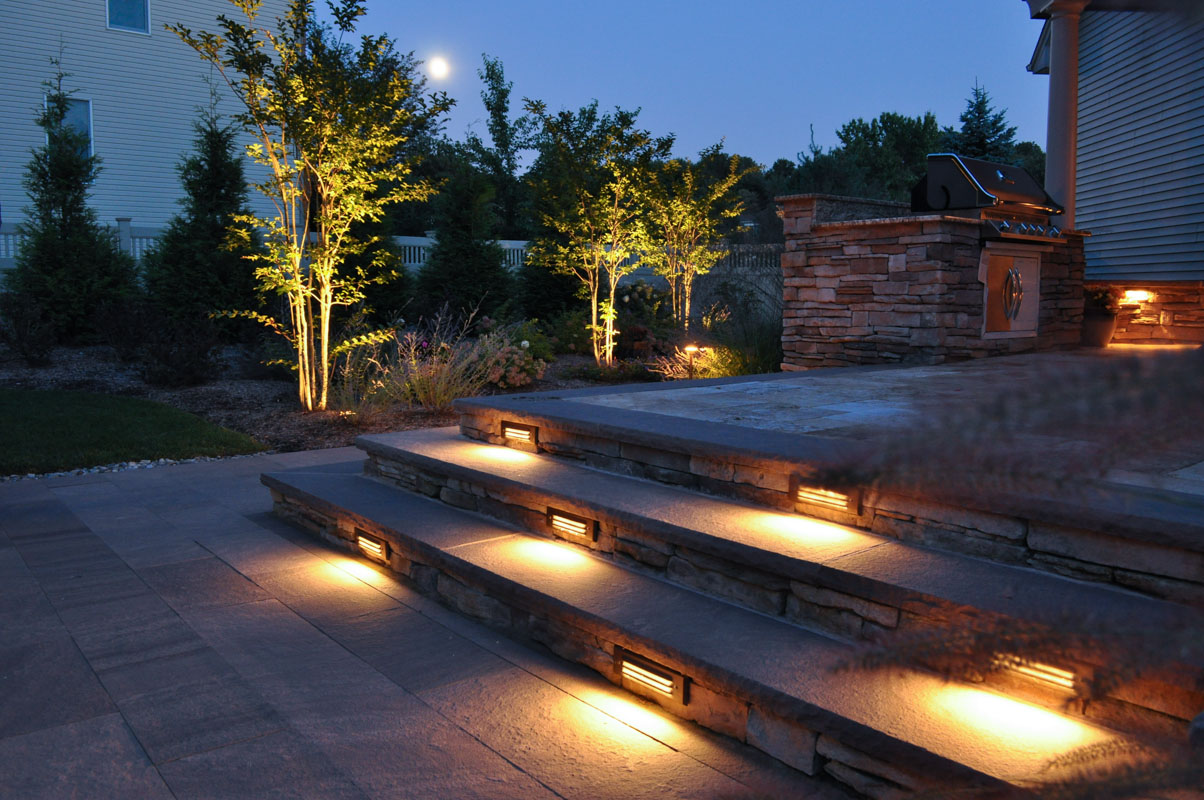
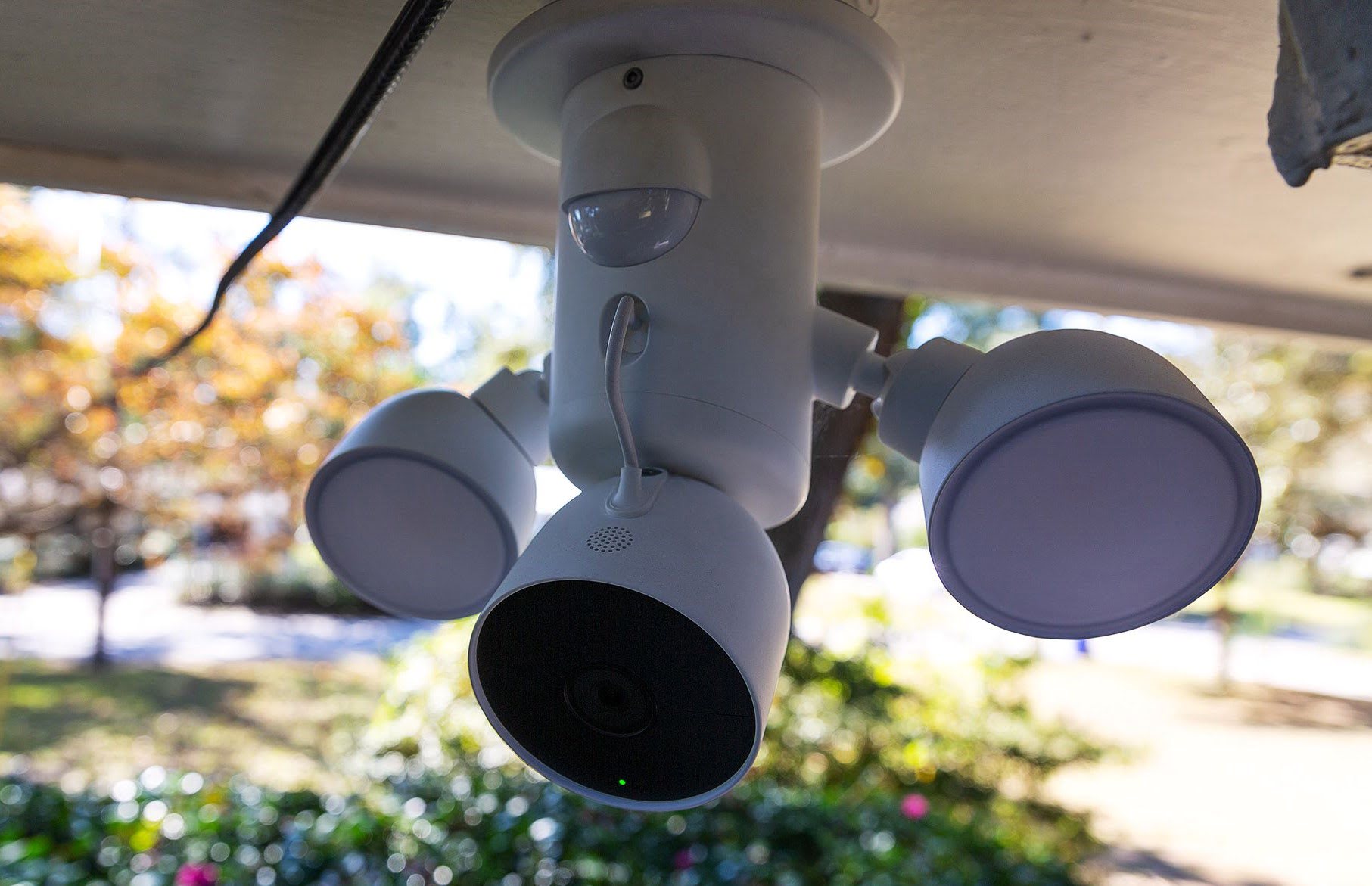
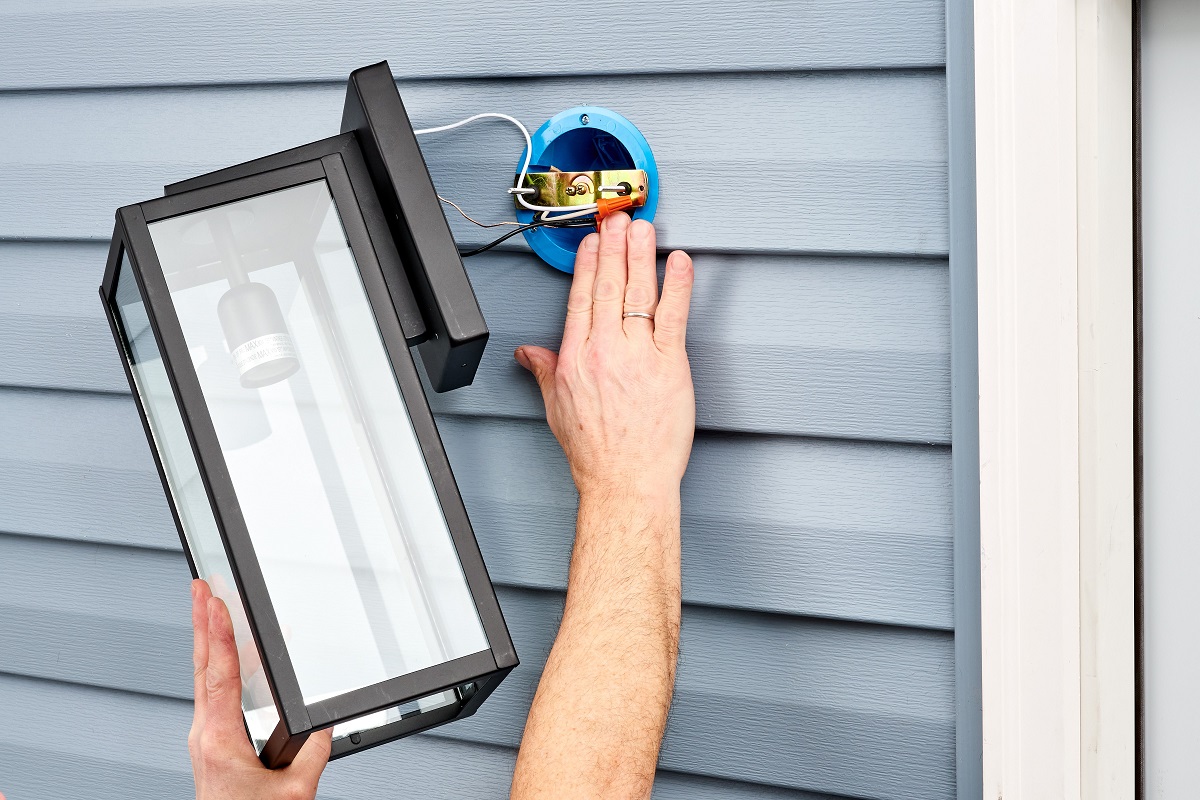
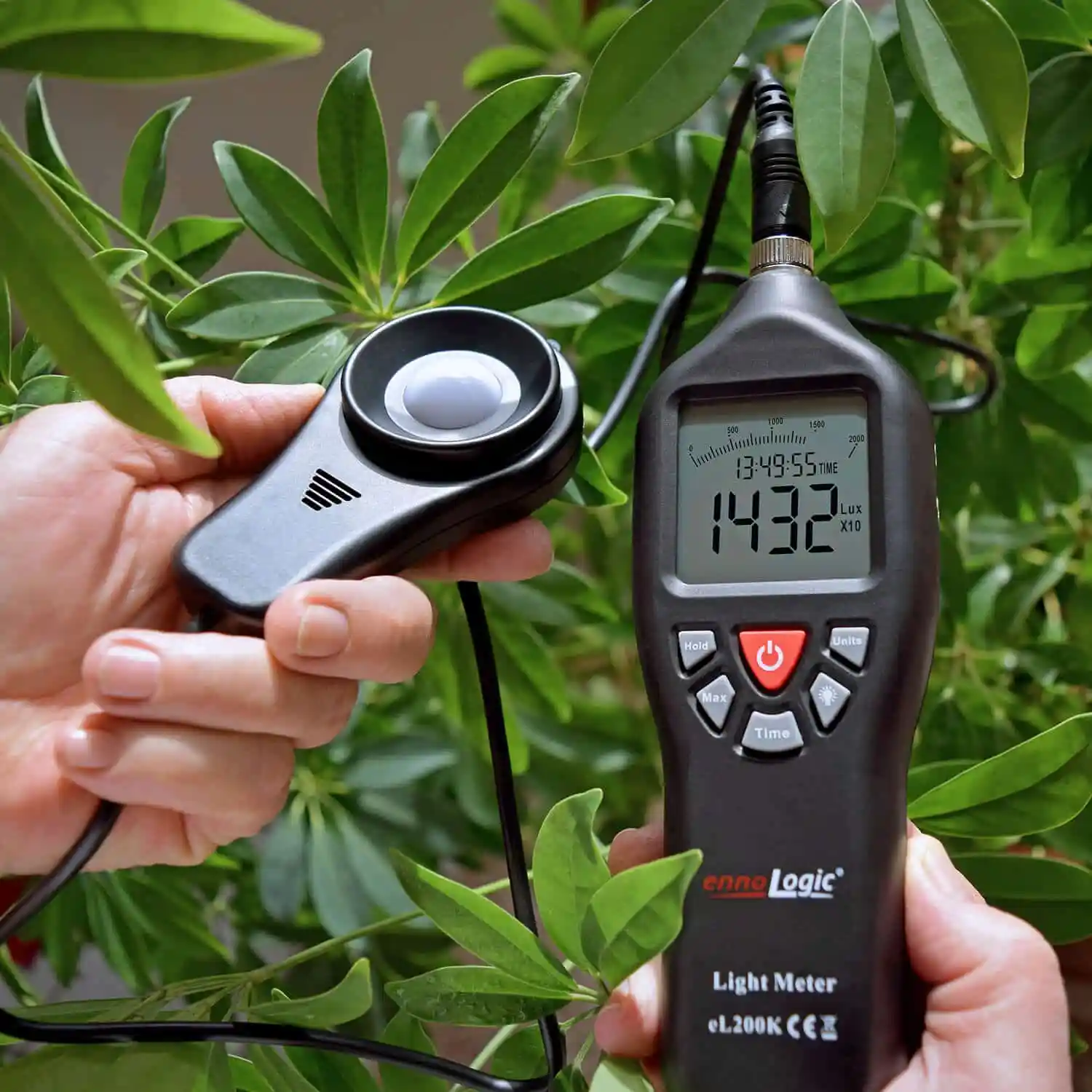

0 thoughts on “How To Automate Outdoor Lights”